
Mango – A Caribbean Fruit Waiting to be ‘Discovered’
If you grew up in the Caribbean, you will understand the love for mango – that juicy, messy fruit that is just so delicious. Mangoes are called the ‘king of fruit’ because their flavour is a mix of oranges, peaches, and pineapples. Not surprisingly, more mangoes are eaten across the world than any other fruit.
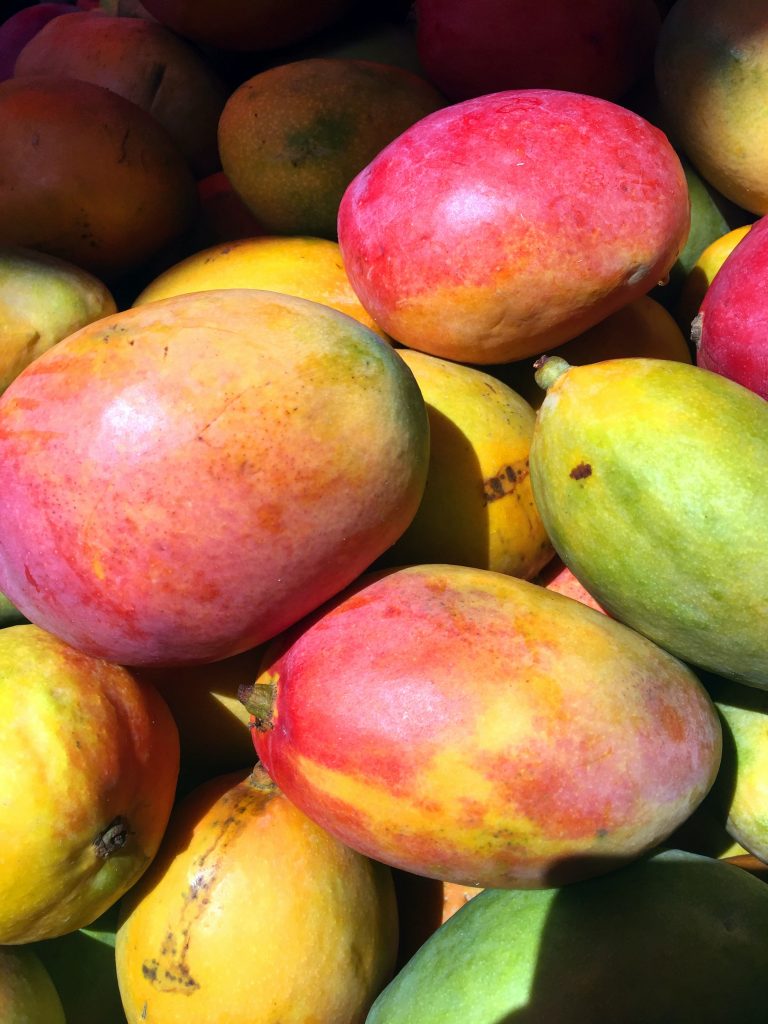
Mangoes originated in India over 4,000 years ago and are considered a sacred fruit. India is the number one mango-producing country in the world, with Mexico at #4 and Haiti at #15 according to World Atlas.
Mangoes spread gradually throughout Asia and then to the rest of the world. Due to a mango’s large seed, the fruit was readily transported and planted across the world. Portuguese explorers introduced mangoes to Brazil in the 16th century and from Brazil, mangoes spread throughout the Americas. Mangoes were first planted in Barbados in 1742 and by the early 19th century were being grown in Mexico.
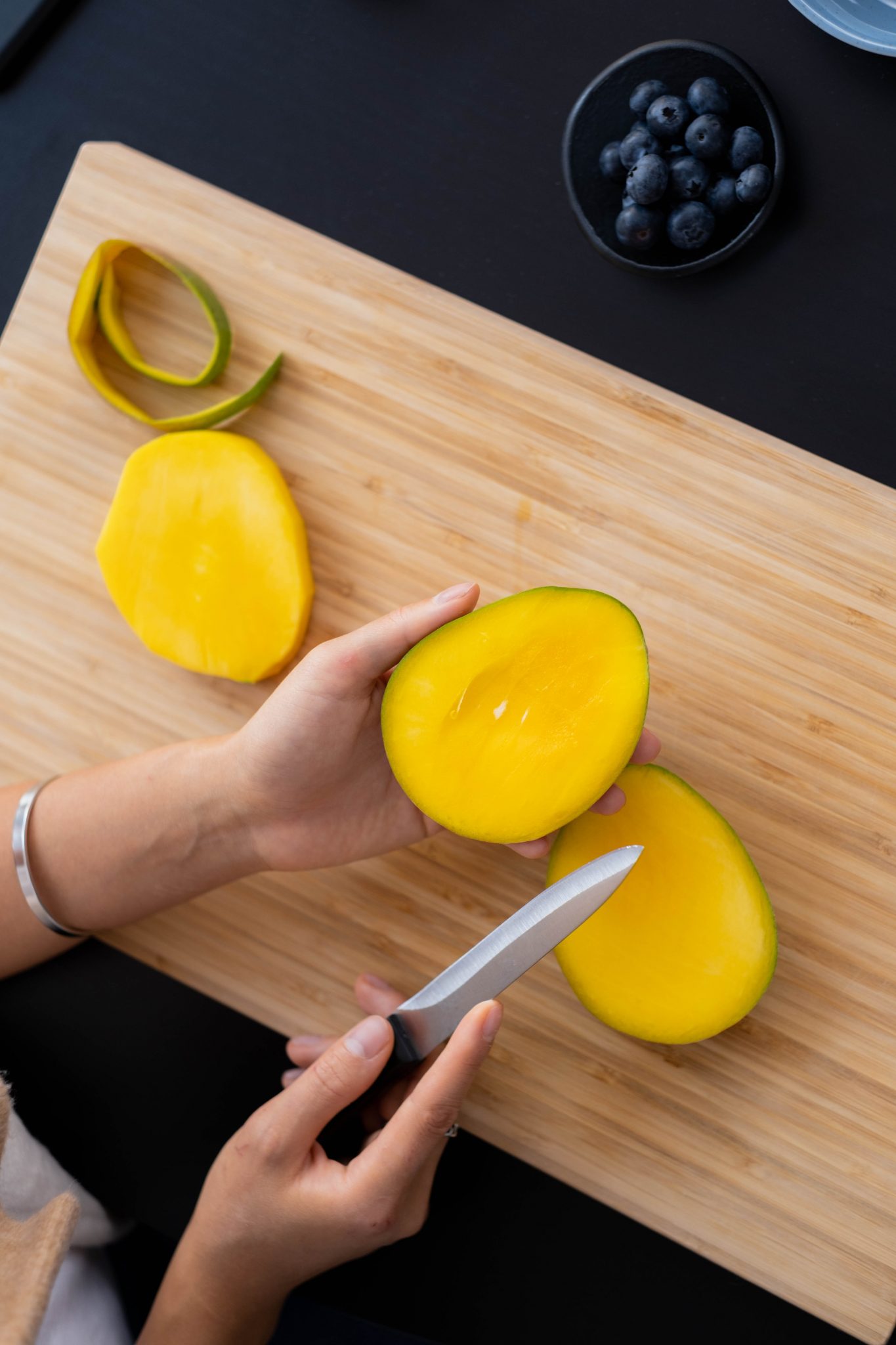
Mango is a Health Food Par Excellence
Mango is a Health Food Par Excellence. Mango is one of the top 10 healthiest fruits in the world. It contains Vitamins A, C and K as well as Potassium, Beta-carotene, Folate, Choline and Magnesium. Mango contains natural sugars and is both sweet and nutritional.
This includes the mango leaves too. Mango leaves have many medicinal purposes and has been used in Chinese medicine for years. Mango leaves are filled with antioxidants and can be boiled to make a tea. Mango leaf tea can help with weight loss, it has anti-inflammatory properties and it promotes healthy hair and skin.

Many Types, Sizes and Varieties of Mangoes
While the exact number of mango varieties is uncertain, there are at least 500 and perhaps as many as fifteen hundred, with 350 grown commercially worldwide. Mangoes can be as small as ping pong balls or as large as a calabash, weighing more than a kilogram each.

And there is a season for Mangoes, usually the summer or warm times of the year. Mangoes are tropical fruits and depend on the rains rainy season to ripen. This is why, in the tropics, rainy season go hand in hand with mango season (June to August), although some varieties bear more than once per year.
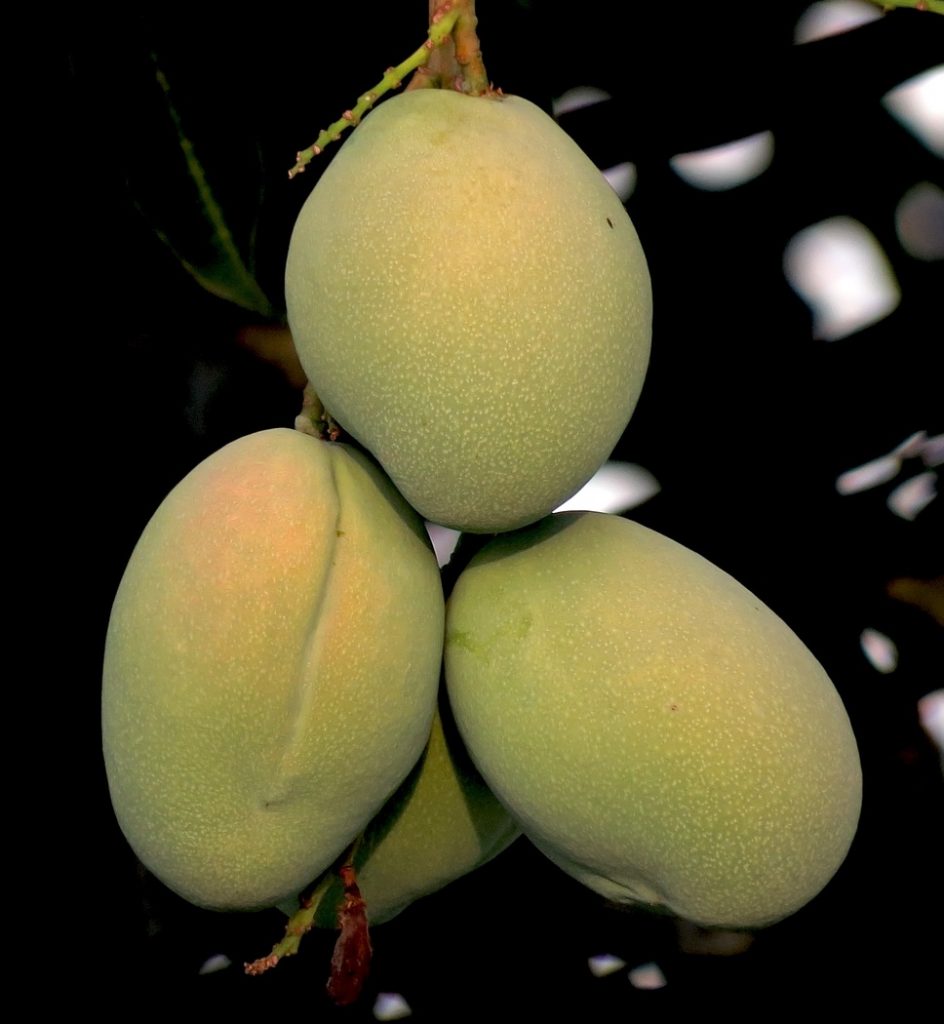
Full of Nutrients and Vitamins. Mangoes are eaten green or ripe; cooked or uncooked; as a first course, a main-course, a dessert, or a condiment. It is a fruit for all seasons and all palates.
The diversity of mango can be seen in so many different dishes. Mango salad, mango chow, mango smoothies, red mango, mango chutney, mango ice cream, curried mango.
Here in the Caribbean, the go to is biting into a ripe, juicy mango and letting that sticky, sweet, juice get all over your hands and face. When we’re not eating it like that, the most popular dishes in the Caribbean are curried mango and mango chow, even red mango, a preserved style of mango that acts as a fantastic snack!
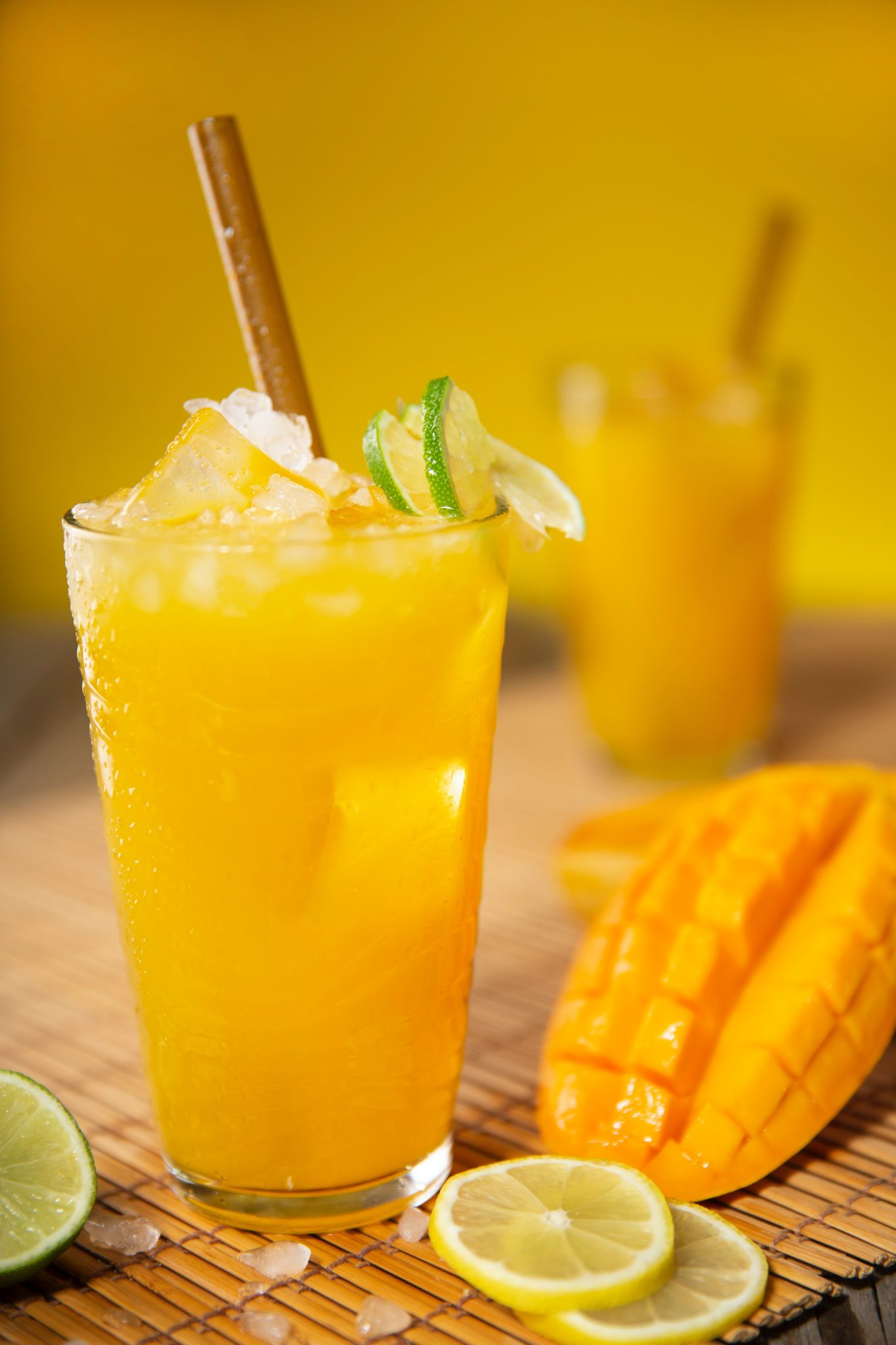
Green or Ripe – Have your Pick
Green mangoes contain more vitamin C than ripe mangoes. As mangoes ripen, they contain more Vitamin A. Mangoes continue to ripen after they have been picked. In India and other parts of the world such and Trinidad and Tobago, where parts of the population refrain from eating meat, mango is referred to as ‘sky chicken’. Green mango is cooked and curried and replaces meat on many-a-plate.
It’s volcanic history also explains the proliferation of bubbling mud pools and sulphur springs. Altogether, the result is a wealth of natural wonders that make for perfect adventures.
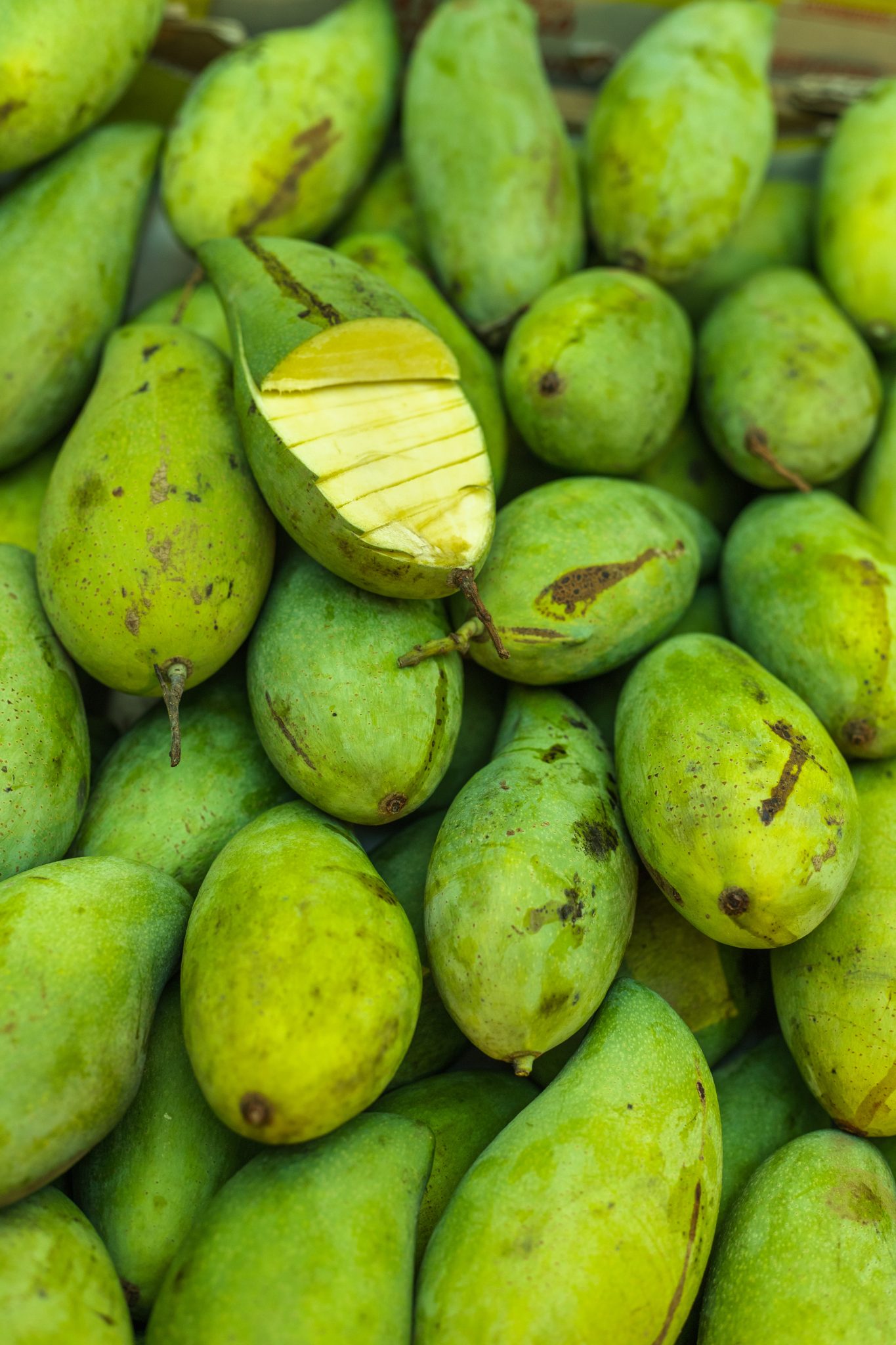
Adam and Eve used to Eat Mango
In the words of one Trinidadian Calypsonian, ‘Adam and Eve used to eat Mango’. The idea is that if God existed in the Caribbean at all, Adam and Eve must have eaten mangoes, as apples are not grown in the Caribbean.
But the wider point is that mangoes rot on the ground as apples are preferred, more advertised, marketed and distributed. Has anyone wondered what the ‘ecological footprint’ of an apple in the Caribbean is, compared to the mango that is rotting in one’s own backyard? Perhaps it is time to change perceptions and to elevate mango to higher heights of the Caribbean’s culinary totem pole.

- Mangoes originated in India where it has sacred and ‘cult’ status.
- Mangoes are eaten across the world more than any other fruit.
- Mangoes are one of the Top Ten health fruits in the world.
- There are more than 1,000 varieties of mango.
- Mangoes are related to pistachios and cashews.
- Mangoes can be eaten green or ripe, raw or cooked.
- As mangoes ripen they contain more vitamin A.
- Mangoes continue to ripen after they have been picked.
- One mango tree can bear hundreds of fruits
- Mango trees can bear more than once per year
Here are 2 Fun Tasty Mango Dishes!
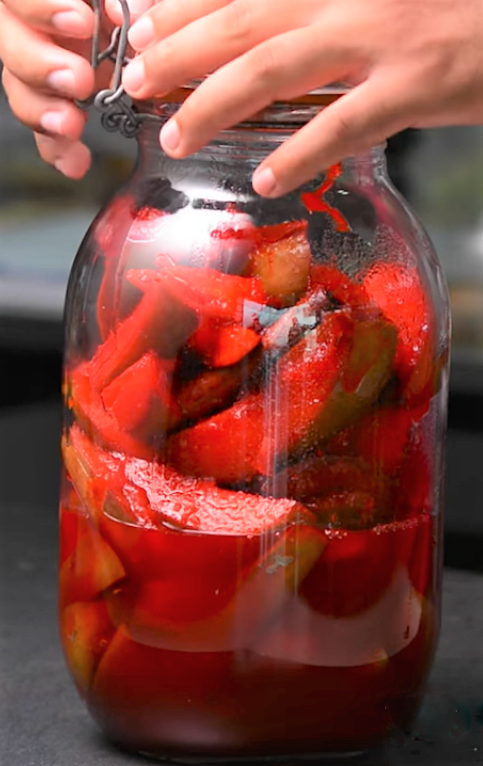
Curried Mango
Curried Mango is an Indo-Trinidadian dish that is a perfect side to have with your roti, aloo and channa. Sometimes referred to as talkari or amchar, curried mango is a unique way to eat mango and is a local favourite in Trinidad.
Mango Chow
Another unique way to eat mango is in the form of a chow. Making chow is a popular method of eating fruits in the Caribbean and in Trinidad, mango chow is a favourite snack of many. Plenty pepper, salt, shadon beni (cilantro, bhandanya) and other seasonings, mango chow is the perfect snack to satisfy your mango cravings.
Author:
Dr. Auliana Poon

Dr. Auliana Poon is the founder and Managing Director of Leve Global and Exceptional Caribbean.
Auliana loves the Caribbean and believes in its people. Her personal mission is to change the world; to transform our societies. And this is precisely why she has spearheaded Exceptional Caribbean – a continuing mission to elevate tourism, trade and lives.
Here are Related Articles That Might Also Interest You
![]()



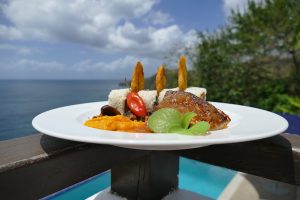
Loved and appreciate the knowledge of this diverse juicy friut; mango, my childhood favorite and still is today. Thank you 😀
Unfortunately you are discarding the mango skin which has many health benifits that should not be ignored.
Yes, you are totally correct. And let’s not forget the many benefits of the mango leaf as well.